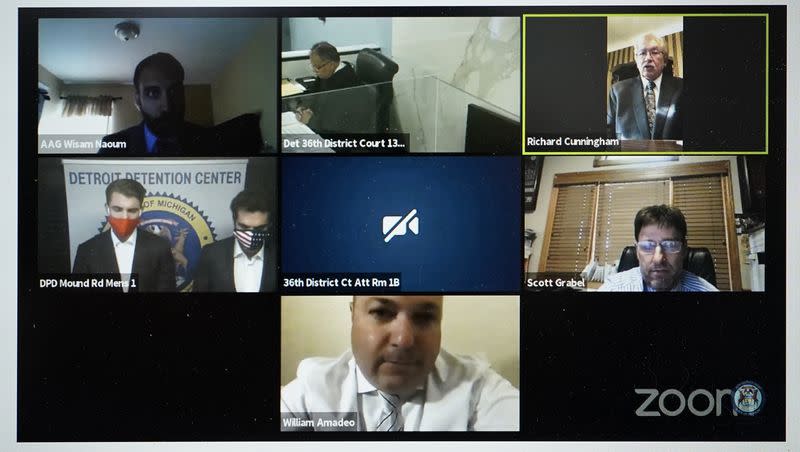Study: ‘Zoom fatigue’ may take toll on the brain and the heart

If Zoom meetings and videoconference calls seem to be wearing down your mind and body, you’re not alone.
Many organizations and people substituted face-to-face meetings with videoconferencing, particularly at the onset of the pandemic. Tools like Zoom, Teams and Webex have become the new normal for many business and education interactions.
But, according to a recent study, the extensive use of videoconferencing has a “dark side” known as “videoconference fatigue” or what some call “Zoom fatigue.”
A new brain-monitoring study supports the phenomenon, finding a connection between videoconferencing in educational settings and physical symptoms linked to fatigue, per The Washington Post.
The study, published in the journal Scientific Reports in October, looked for physiological signs of fatigue in 35 students attending lectures on engineering at Graz University of Technology. Half of the class attended the 50-minute lecture via videoconference in a nearby lab and a face-to-face lecture the following week, while the other half attended first in person, then online.
Participants were monitored with electroencephalogram and electrocardiogram instruments that recorded electrical activity in the brain and their heart rhythms. They also answered surveys about their mood and fatigue levels.
Researchers found “notable” differences between the in-person and online groups. Video participants’ fatigue mounted over the course of the session, and their brain states showed they were struggling to pay attention, the Post reported. The groups’ moods also varied, with in-person participants reporting they felt livelier, happier and more active, and online participants saying they felt tired, drowsy and “fed up.”
Related
Despite the fact that Skype, launched in 2003, has been a popular videoconferencing platform for two decades, the use of other tools increased astronomically when the first pandemic lockdowns were imposed in spring 2020.
The number of zoom.us monthly visits was 71.6 million in December 2019, jumped to 1.9 billion in April 2020 and hit an all-time high of 2.8 billion in October 2020, according to the study. The number stood at 943 million in March 2023.
The worldwide videoconferencing market was estimated at $25 billion in 2022, and is expected to grow at a 10% rate over the next decade, hitting $65 billion in 2032.
Related
In 2021, Stanford researchers identified four causes of Zoom fatigue:
Excessive amounts of close-up eye contact is highly intense.
Seeing yourself during video chats constantly in real-time is fatiguing.
Video chats dramatically reduce our usual mobility.
The cognitive load is much higher in video chats.
“Videoconferencing is a good thing for remote communication, but just think about the medium — just because you can use video doesn’t mean you have to,” said Jeremy Bailenson, founding director of the Stanford Virtual Human Interaction Lab.
The Stanford study was published in the journal Technology, Mind and Behavior.
Related

